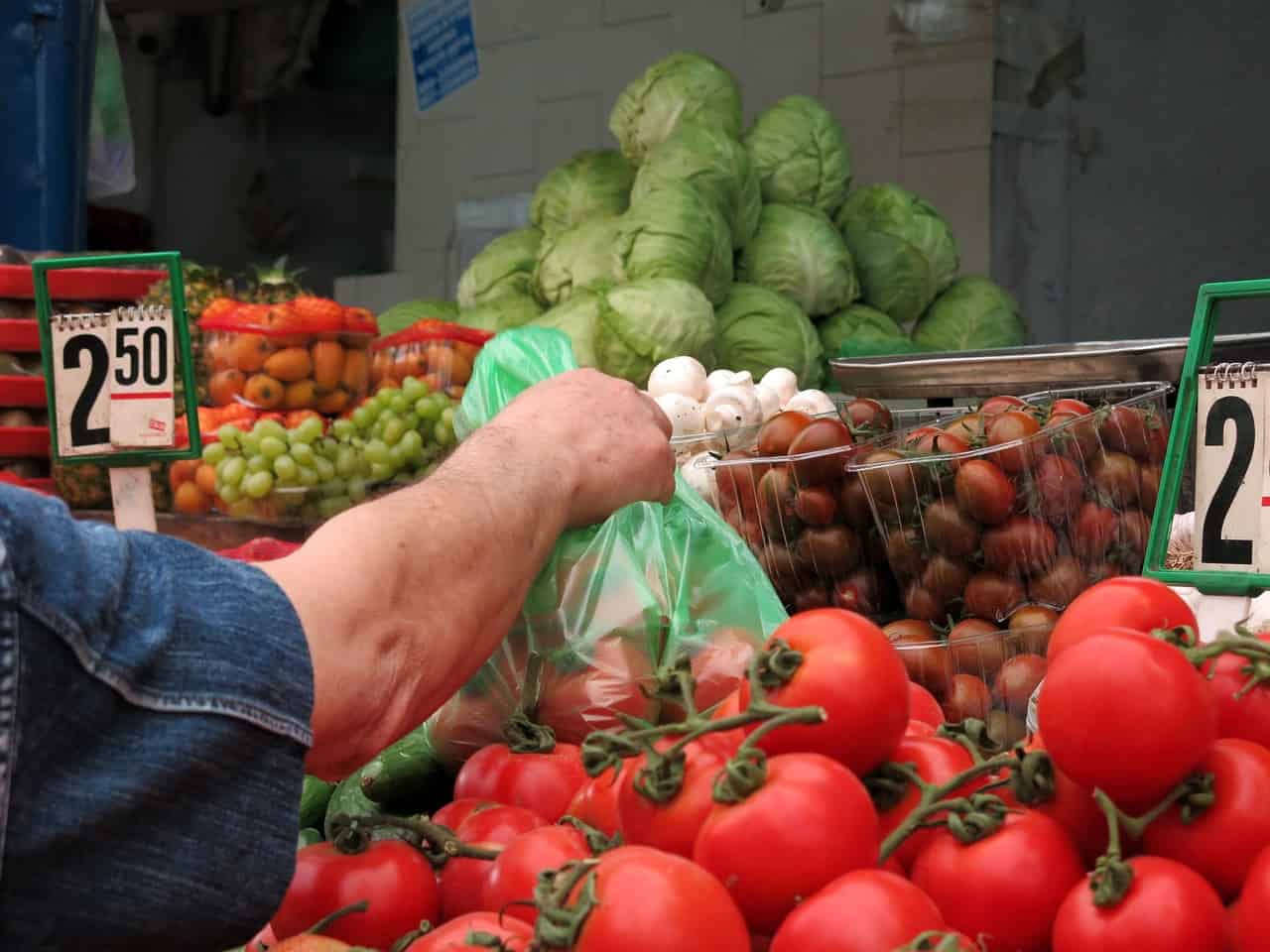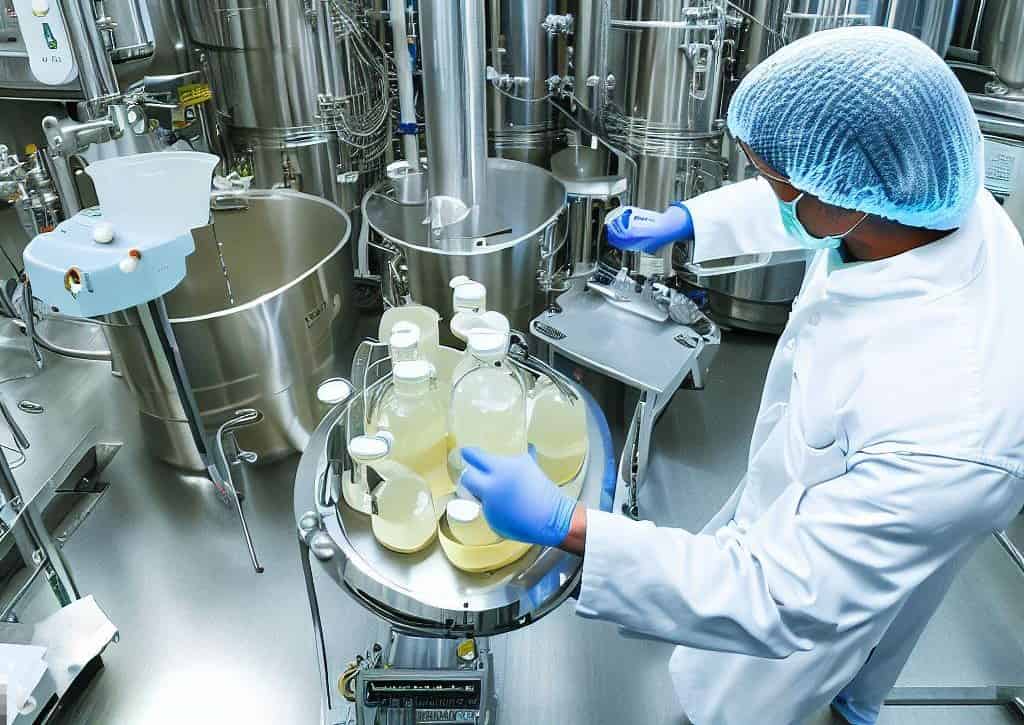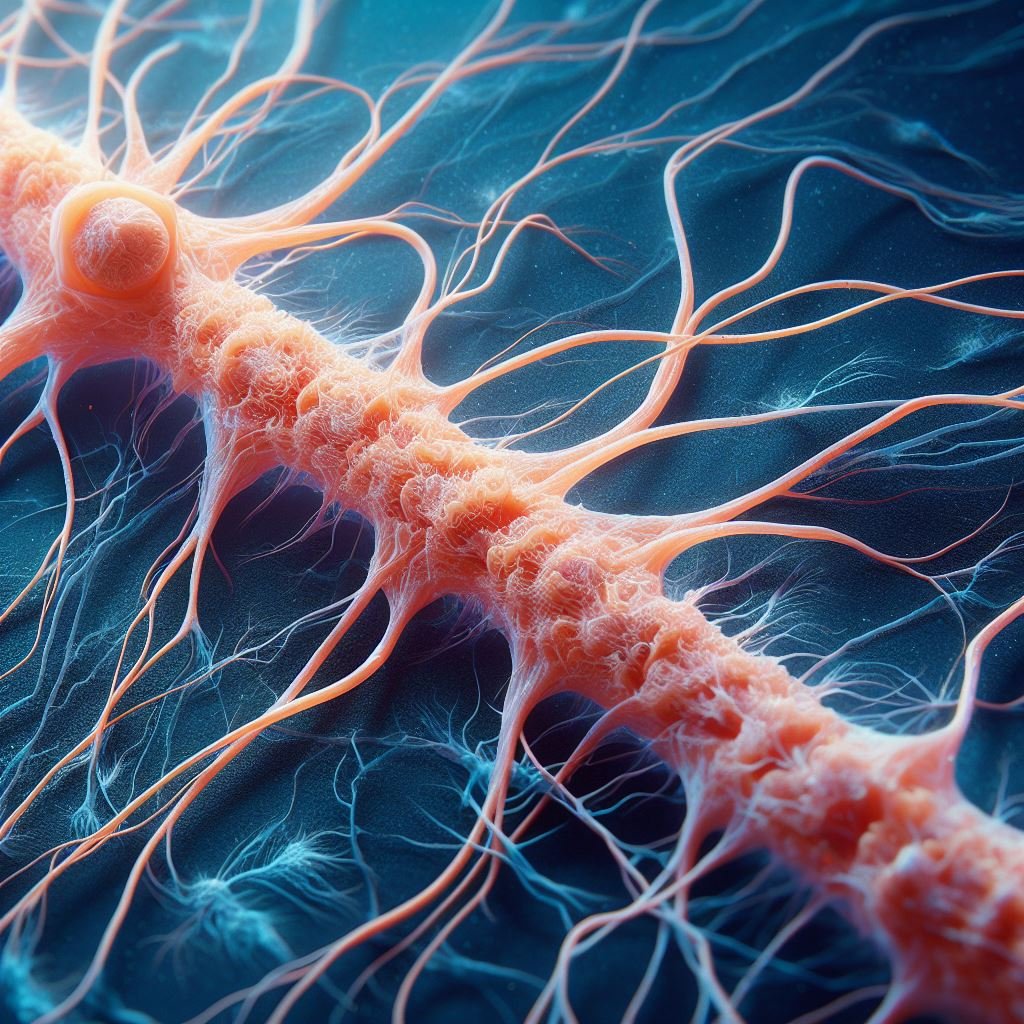
A ground-breaking achievement has been made by an international group of scientists. They have managed to construct a synthetic chromosome, a key step in creating the world’s first synthetic yeast genome. The chromosome, labeled ‘XI’, comprises 660,000 base pairs and replaces a natural yeast cell chromosome. This synthetic genome will enhance understanding of how genomes function and deliver cells with unprecedented abilities. The completion of the largest synthetic genome ever is anticipated next year. The team’s work has set the foundations for designing synthetic chromosomes and genomes for complex organisms, potentially revolutionizing the fields of biology and medicine.
- Scientists construct a synthetic chromosome for yeast, a key step in creating a synthetic genome.
- The synthetic chromosome enhances the yeast cells’ abilities and offers new possibilities in biotechnology and medicine.
- Many applications could arise, from producing vaccines to biofuels.
At the heart of this scientific advancement is a collaborative effort spanning 15 years. Dubbed ‘Sc2.0’, the project has drawn on the expertise of teams from across the globe. The UK has played a pivotal role, with the University of Nottingham and Imperial College London leading the charge. Dr Ben Blount of the University of Nottingham heralds the synthetic chromosome as not only a “massive technical achievement” but also a gateway to new capabilities in biology application and study.
More than a mere replacement
Professor Tom Ellis from Imperial College London points to the monumental task of constructing a redesigned chromosome “from telomere to telomere”. The successful integration of this synthetic creation into yeast cells marks a significant stride forward. It’s a tangible foundation upon which future chromosomes, and even entire genomes, can be designed for more complex organisms, including plants and animals. The implications for the future of synthetic biology are profound and wide-reaching.
The scientists have not merely replicated the natural yeast genome but have enhanced it. The inclusion of new features in the synthetic genome bestows upon the yeast cells novel abilities not found in their natural counterparts. The potential applications are as diverse as they are impactful: from producing vaccines to biofuels, the synthetic yeast promises to unlock new avenues in biotechnology.

From concept to reality
Delving deeper into the process, researchers have been meticulously combining synthetic chromosomes into a single yeast cell. This merging of seven synthetic chromosomes has resulted in over 50 percent of the yeast cell’s DNA being synthetic. The undertaking has involved creating multiple yeast strains, each endowed with one synthetic chromosome, and then consolidating them into a unified cell.
Professor Jef Boeke, leader of the Sc2.0 consortium, has described the project’s current state as “the end of the beginning”. The next steps involve “shuffling that deck” to produce yeast with capabilities previously unseen. The research team’s vision is to construct a fully synthetic yeast genome, a first for a eukaryote, and propel the field of engineering biology into a new era.
The science behind the synthesis
Biologists have meticulously edited and synthesized 6.5 chromosomes, with an additional one stitched together from the yeast’s genetic code. Beyond the improvements in stability and function, this overhaul of the yeast genome has allowed scientists to pose and answer questions previously out of reach. The re-engineering of entire chromosomes has opened doors to unprecedented levels of biological control and manipulation.
One of the project’s goals is to eliminate instability within the yeast genome. To achieve this, the consortium has scoured the genome of S. cerevisiae, targeting highly repetitive regions for deletion. The relocation of DNA segments that encode transfer RNA into a synthetic ‘neochromosome’ is a strategic move to bolster the yeast’s genomic stability.

The journey continues
The process, while repetitive, is paramount. Creating strains of yeast with a single edited chromosome, breeding them to incorporate another, and continuing this process until reaching 7.5 synthetic chromosomes has been a meticulous journey. According to Jef Boeke, this is just the precursor to the challenge of replacing the remaining natural chromosomes with entirely synthetic ones.







